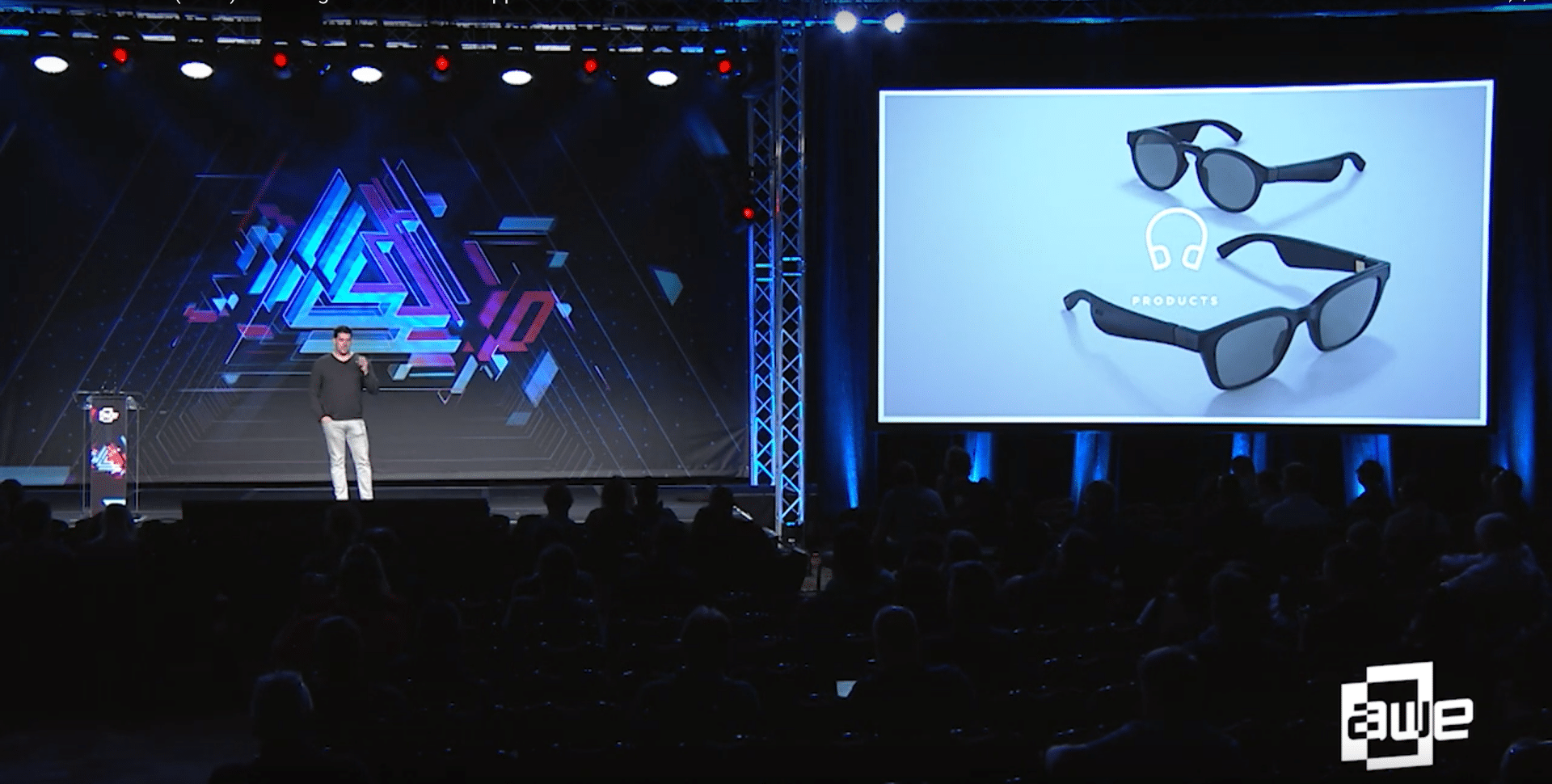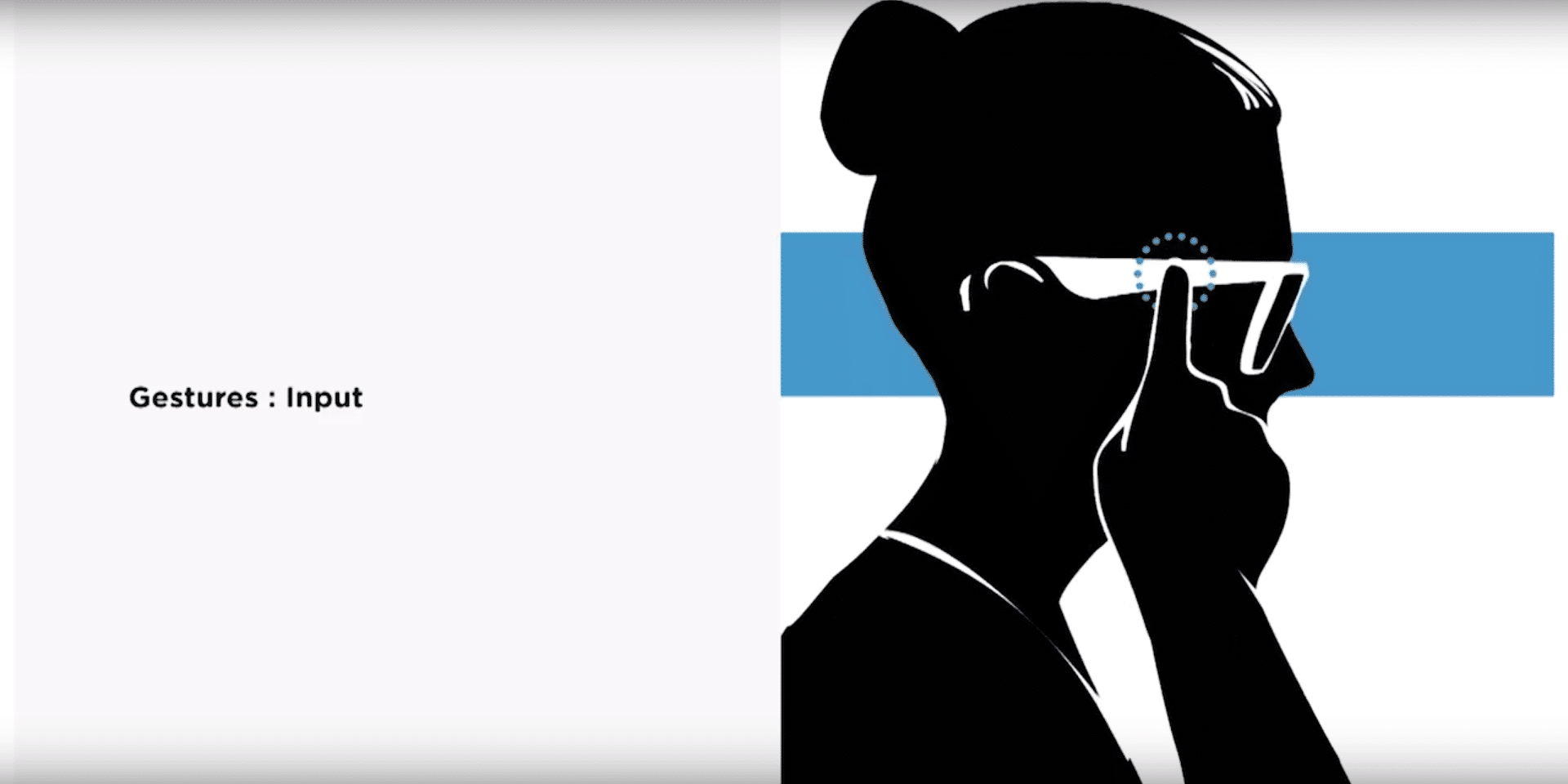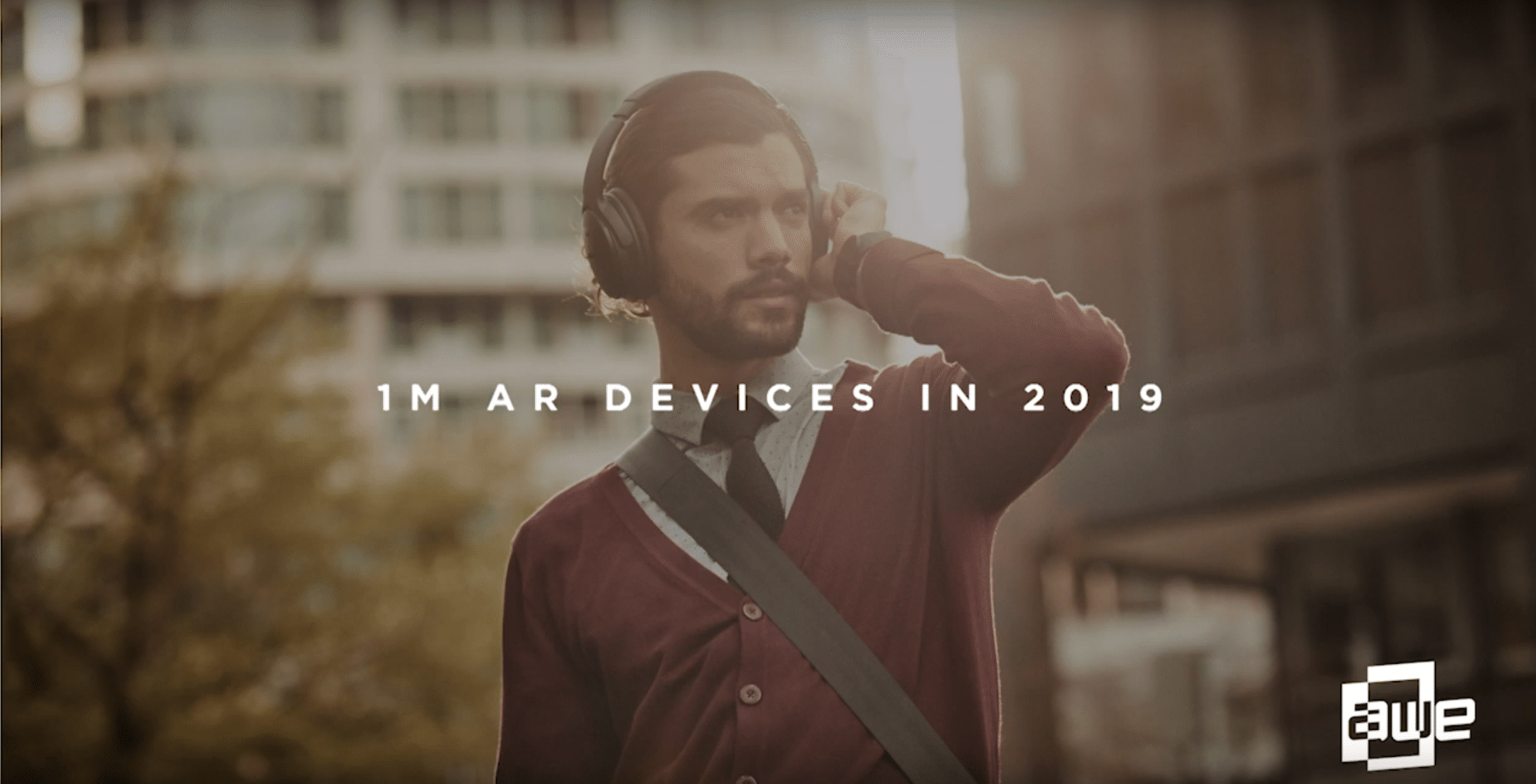
XR Talks is a series that features the best presentations and educational videos from the XR universe. It includes embedded video, as well as narrative analysis and top takeaways. Speakers’ opinions are their own.
Our favorite AR wild card is audio AR. Also known as “hearables,” the idea is that digital overlays are delivered in the form of audio whispers instead of line-of-sight graphics. Though not as rich as visual stimuli, advantages include subtlety and sidestepping AR glasses’ style crimes.
Put another way, while AR glasses wait for Moore’s Law to catch up with our ambitions, hearables’ hardware base is building. For instance, Apple sold 35 million Airpods last year. That hardware base is the first step to any new technology’s penetration. The second step is apps.
That was the case with the iPhone, and Apple will do the same with hearables — likely tied to ARkit and distributed via App Store. But another company is already there: Bose. Building off its own hearables hardware base, the Bose AR platform now lets developers create audio AR apps.
As outlined by Bose’ Michael Ludden at AWE (video below), this includes things like navigation apps that guide you through new cities and feed you verbal Yelp ratings on the fly. Or espionage games that whisper mission parameters and sense your response through head movement.

Back to the hardware, Bose knows it’s the first step, and is blitzing the market from a few angles. First are its Bose Frames — sunglasses with speakers and sensors. Like iPhone apps use the iOS SDK to tap into sensors like GPS, Bose will let AR apps do the same with an IMU sensor bundle.
That bundle includes an accelerometer (to register head movement pace), gyroscope (to register directional head turns) and magnetometer (to sense direction vis-a-vis magnetic north). Developers can build apps that tap into this sensor data and output audio AR accordingly.
As it often goes with developer platforms, Bose is also building a standard set of inputs and room for custom inputs. Standard inputs include things like a tap on the side of the glasses or a head nod to control app features. These will expand over time and include logical inputs like voice.
“So as a developer, you [can] say ‘when head nod does this, then X happens.'” said Ludden. “Right now it’s limited to head nod and head shake but you can imagine voice integrations in the future… you can also access the raw data to do things like custom gestures.”

Also in Bose’ hardware blitz is the Series 700 headphones it announced at AWE. It’s a high-end pair of smart headphones with features that include capacitive touch, voice input, 11 situationally-relevant noise-canceling modes; and it has the Bose AR platform and sensor bundle built in.
Last in the hardware blitz is a sneak attack. It shipped the last few production runs of its popular QC-35 headphones with the sensor bundle. Then in March, it activated Bose AR on all of them via firmware update. Altogether, it has almost one million AR devices in market, and more to come.
“Those are the first three products that we are shipping with Bose AR in them but every wearable that we make going forward will have Bose AR,” said Ludden. “So if you’re a developer, you know that’s part of our commitment to making it hopefully an attractive target platform.”
That last part is key, as the hardware base fuels incentive for developers to build experiences on Bose AR. As we’ve examined, platform wars are often won through early hardware penetration that attracts developers. Resulting apps then attract more users… and the flywheel spins.

So what does that look like so far? Apps built on the Bose AR platform span lots of use cases and have clever spins on audio AR, hinted above. This is likely a glimpse of what we’ll end up with as some logical and some unexpected categories take form — everything from gaming to navigation.
These include Radar — an app that features volumetric soundscapes such as a beach where the ocean is in front of you and seagulls are above you. There’s also Comrade — a spy-novel type game where you follow audio instructions that are tracked through the sensor bundle.
There are also utilities like Otocast — a travel app that lets you discover and experience audio tours serendipitously. An app called Naviguide pulls data from Yelp which you can access by looking at a given restaurant and tapping the glasses to activate spoken reviews and star ratings.
Then there’s Golfshot which provides strategic information to approach the green on a given Golf course. New Balance’s app senses exercise (think: lunges) while counting reps and providing verbal encouragement. Headspace does similar, building on an already-popular meditation app.


As mentioned, these early apps are just a glimpse of what we’ll end up with. Think of it like primitive iPhone apps circa 2008, before we got Waze, Foursquare and Uber. But here, the developer community could have an even greater creative range due to variable hardware.
“You’re going to see more and more use cases enabled by different form factors that have Bose AR in them,” said Ludden. “Now it’s really all about content… having apps that are useful, that people want to use with utility on a daily or habitual basis. That’s the new promise we’re making.”
Panning back, the underlying lesson is that AR’s eventual definition will be much broader than the graphically-oriented connotation we usually have. Hearables will not only join the mix but likely beat AR glasses to market due to lower adoption barriers and that all-important hardware base.
“Really, we’re just creating an entirely new lane for augmented reality that gives you back
your eyeballs and focuses on another sense,” said Ludden. “I think there’s definitely
room in the market, and the world, for that method of thinking about augmentation.”
See the full presentation below.
For deeper XR data and intelligence, join ARtillery PRO and subscribe to the free AR Insider Weekly newsletter.
Disclosure: AR Insider has no financial stake in the companies mentioned in this post, nor received payment for its production. Disclosure and ethics policy can be seen here.
Header image credit: AWE
